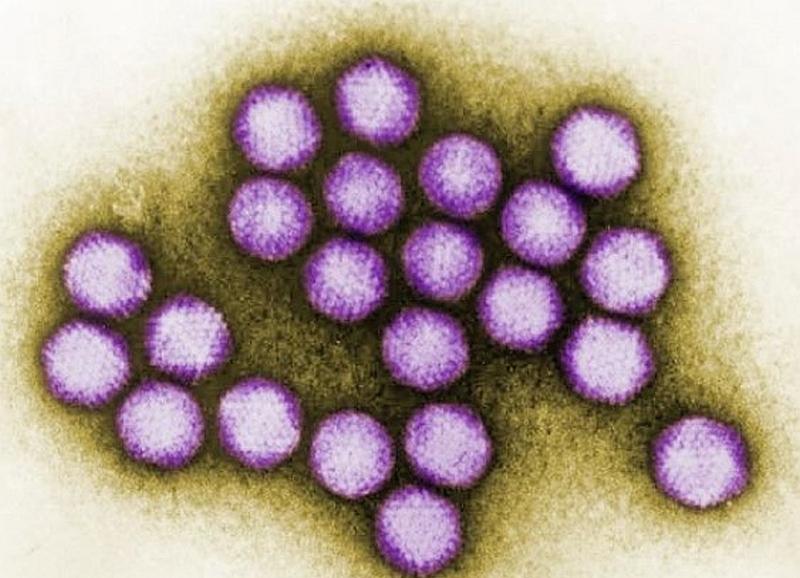
Diversity and molecular evolution of adenoviruses, comparison with co-evolved DNA viruses, possible animal health implications
Adenoviruses seem to have appeared out of nowhere. In fact, they have emerged from the mitochondria, from the remnants of a bacterial virus genome that had previously been unable to reproduce. It is assumed that this happened when reptiles, birds and mammals had already diverged from fish and amphibians during evolution, around 320 million years ago. To prove this, we would show that adenoviruses occur only exceptionally in fish and amphibians, and we would demonstrate that they could have been passed on to fish or frogs only afterwards, e.g., from scaly reptiles (snakes or lizards). We assume that we already see the extent of the diversity of adenoviruses, i.e., completely new, divergent evolutionary lineages will not be found. To prove, we should know the adenoviruses of some specific groups of animals (crocodiles, ostriches, anteaters, elephants, marsupials) that have not yet been discovered. We will attempt to do this, and in the meantime, we will carry out whole genome sequencing on adenoviruses of domestic mammals (pigs) and a few selected endangered wild animals (penguins, parrots, etc.). We would like to see what the consequences are for host changes. We hypothesise that host-switched adenoviruses will have an increased ability to cause disease, putting our farm and pet animals at risk. We see similarities to some of the genes in adenoviruses in other DNA viruses. When were they transferred, what relationship, "gene borrowing" do they suggest? We are thus trying to unravel events hundreds of millions of years ago by molecularly studying viruses that exist today, pushing the boundaries of what we can learn about the viral evolutionary past.